Wererodent
As seen in
Wererodents are Literomancers and Werebeasts who are totemically connected to one of the rodent Totems, such as Rat, Mouse, Beaver, or Squirrel. Most wererodents are able to shift into a bestial and/or half-bestial form at will. Partial transformations are also possible. Some will also shift if certain personal triggers — such as a particular moon phase or becoming angry — occur.
Basic Information
Anatomy
In human form, wererodents are indistinguishable from an average Human. They may have rodent-like features, such as buck teeth, beady eyes, "mousy" brown hair, or a high-pitched voice, but they are human otherwise.
In beast form, wererodents are physically no different than an average rodent of their type. Mentally, though, they still retain their personhood and can make decisions as they would in any other form.
Totemically, all werebeasts can sense another of their kind with their normal senses. As the therianthropic abilities of werebeasts are not scientific in nature, they cannot be detected through any sort of physical or genetic examination.
Genetics and Reproduction
Like most werecreatures, wererodents can choose to reproduce as a human or as the animal type they are. To do the latter requires that their partner also be a werebeast. Regardless of how a wererodent chooses to reproduce, they are prone to birthing multiple offspring, which are generally known as pups or, when very small and hairless, "pinkies."
Growth Rate & Stages
Pups can be birthed in either human form, or in beast form. Pups born in beast form transform into a human toddler around three months after their birth, and remain in that form for the remainder of their life unless they develop a Totemic connection and become a werebeast themselves.
Ecology and Habitats
Every continent on earth hosts a rodent of some kind, even Antarctica, which has no indigenous rodents but has brought rats and mice along with humans. As a result, wererodents can be found almost anywhere.
Dietary Needs and Habits
Wererodents are omnivorous in their human forms much like a normal human would be. In their beast form, however, their diets vary significantly. Many rodents are strict herbivores and have very specific diets, such as capybaras, chipmunks, and beavers, while others can thrive on garbage, such as mice and rats. Most wererodents, even the more omnivorous ones, avoid eating things in rodent form that might cause digestive upset in their human forms.
Biological Cycle
Some rodents hibernate, and wererodents with connections to rodents that do tend to lethargy in winter months. Some rodents may experience a colour change in their fur in winter months for camouflage. Wererodents who are connected to rodents who gather food for the winter months, such as weresquirrels, may experience some anxiety in autumn if they do not have sufficient food in their pantry.
Behaviour
It is difficult to make any broad generalizations about behaviour among Wererodents, because rodents have broad differences in their behaviour between species. However, it does seem that, like other Werebeasts, they may pick up some traits from their animal sides.
Additional Information
Perception and Sensory Capabilities
Rodents have keen senses. They can often hear high-pitched sounds that are beyond human hearing. Their whiskers are tactile sensory organs that allow them to navigate in extremely dim light or close quarters.
WIP
Streamer
Missing
Status: Location Unknown
Deceased
Status: Deceased Character
Retired
Status: Retired Character or Article
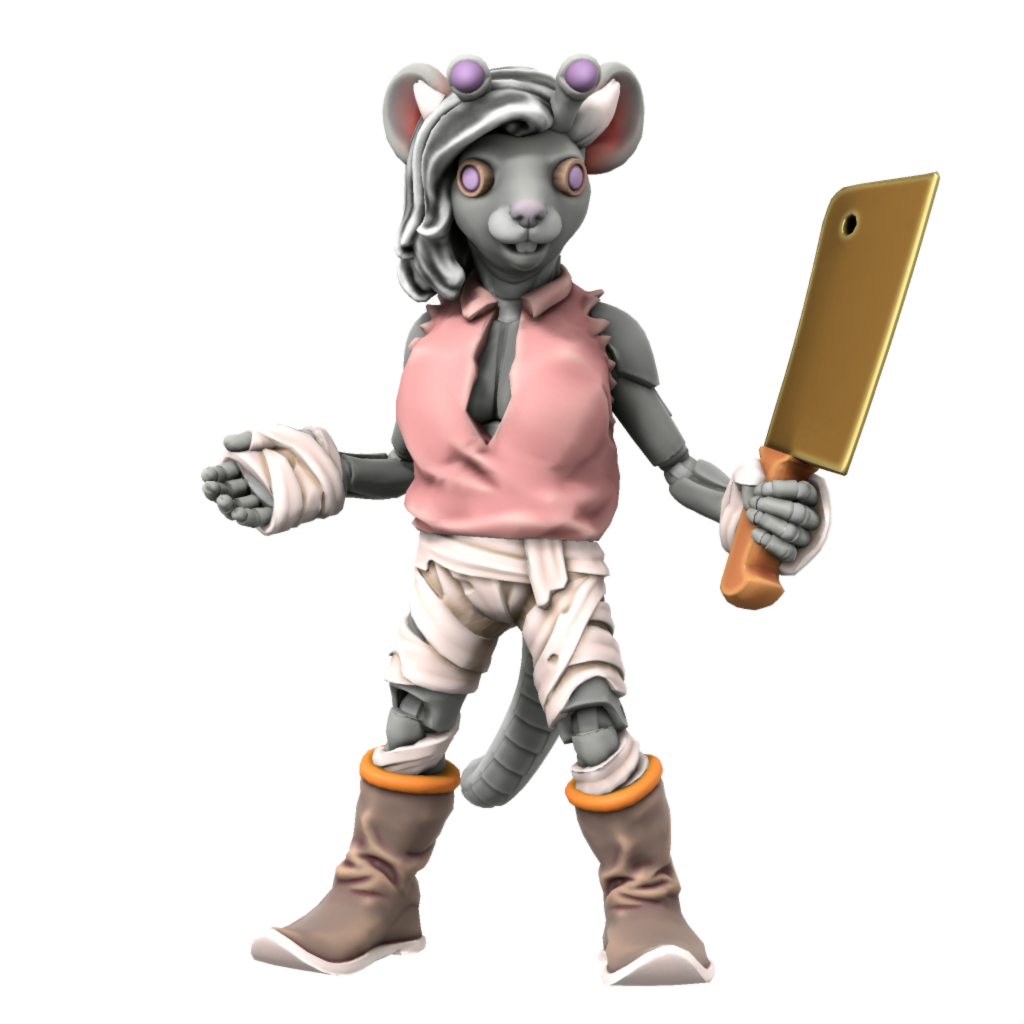
Queenboxi by HeroForge
Genetic Ancestor(s)
Scientific Name
Home belua rodens
Conservation Status
Unknown. It seems likely that with the population and spread of rodents in the world, they would be relatively common, as far as Werebeasts go. But thus far, the world has only heard of two. Perhaps the rest are in hiding.
Related Ethnicities


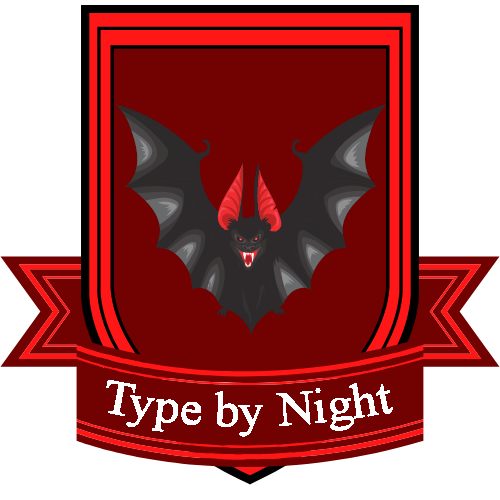

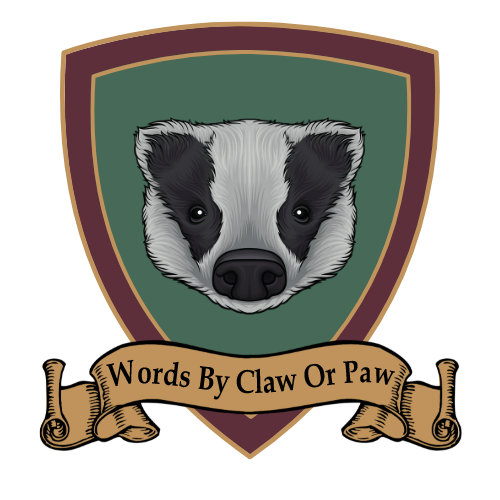



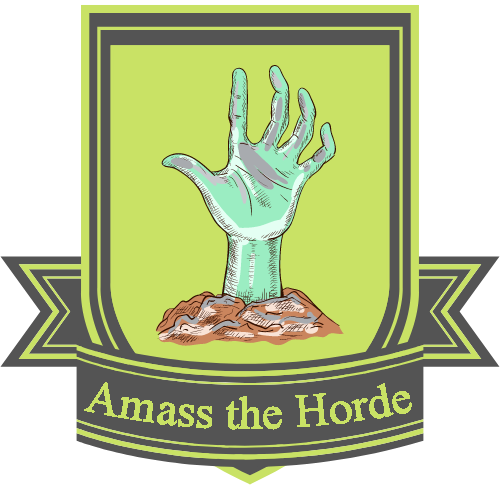



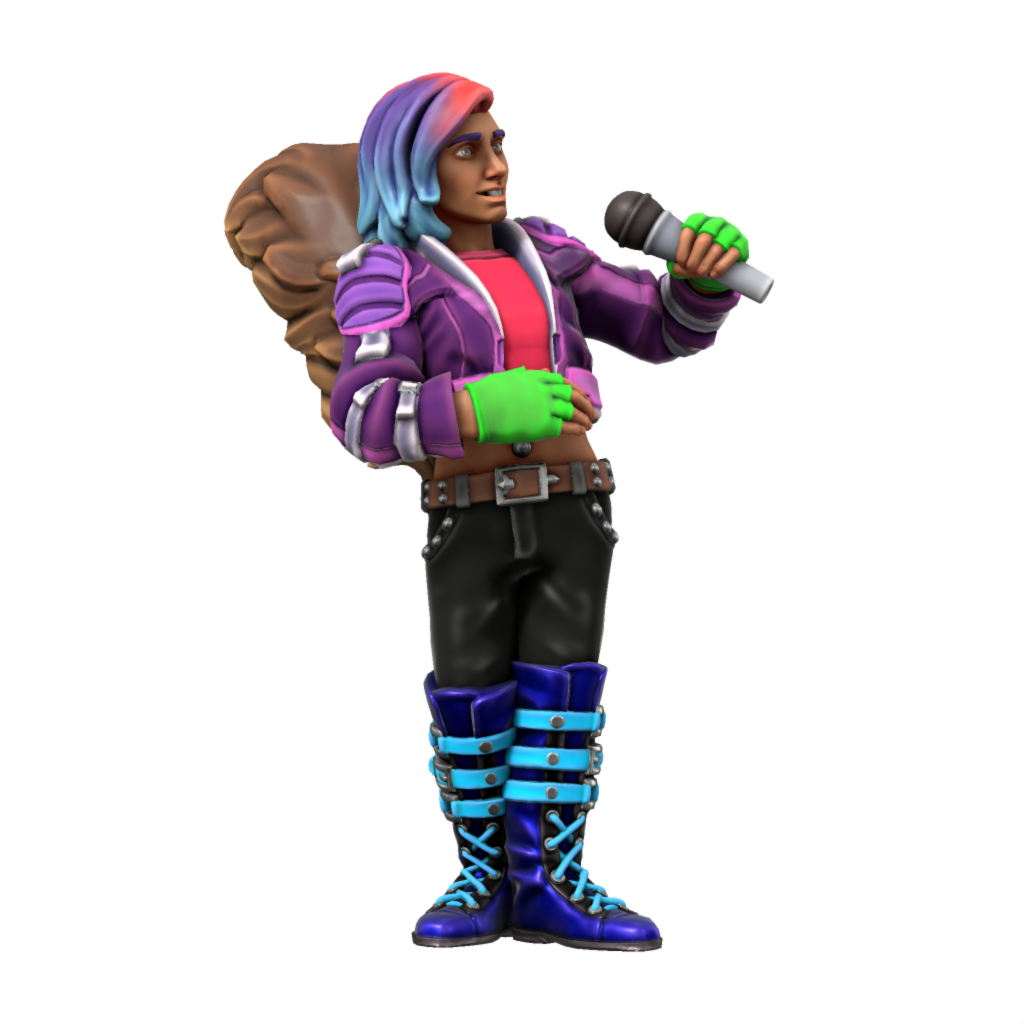
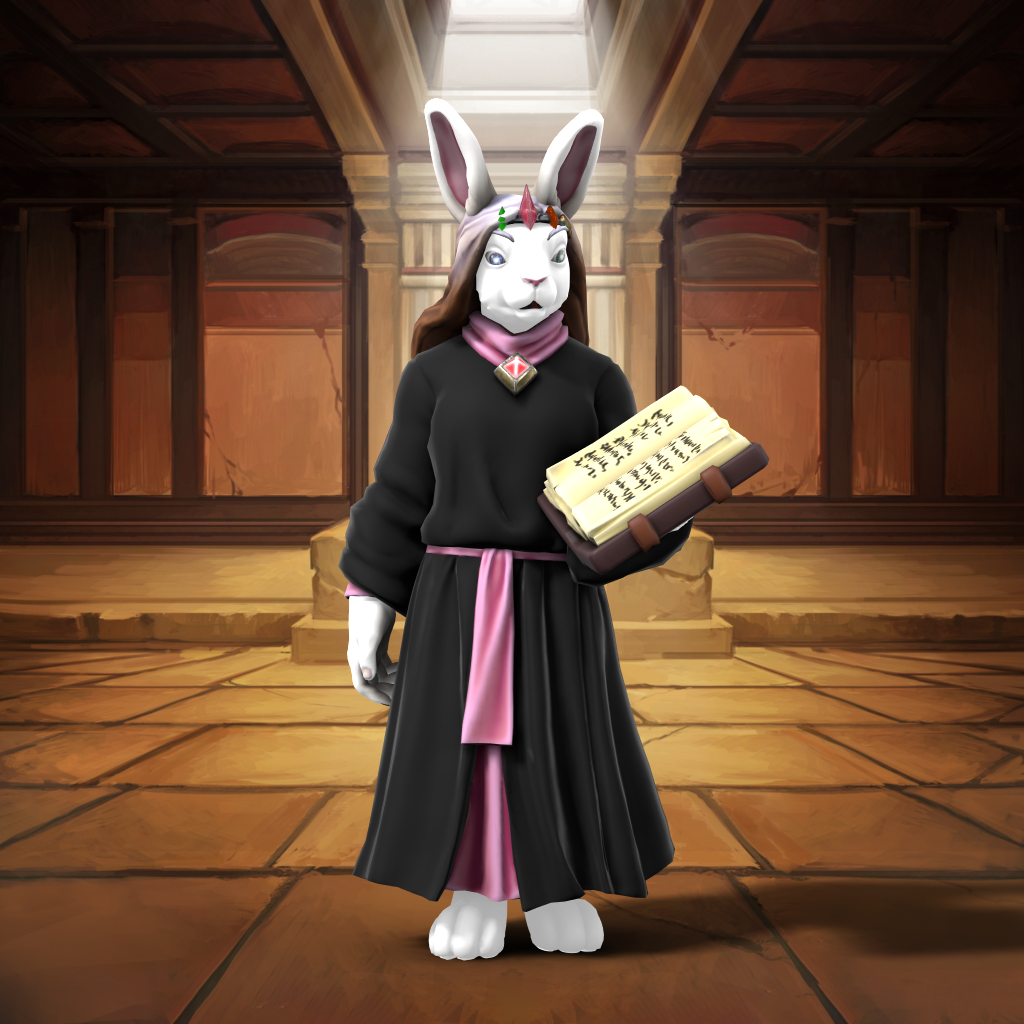



Comments